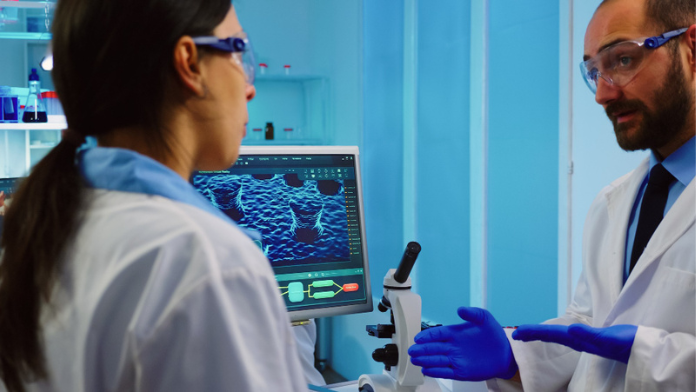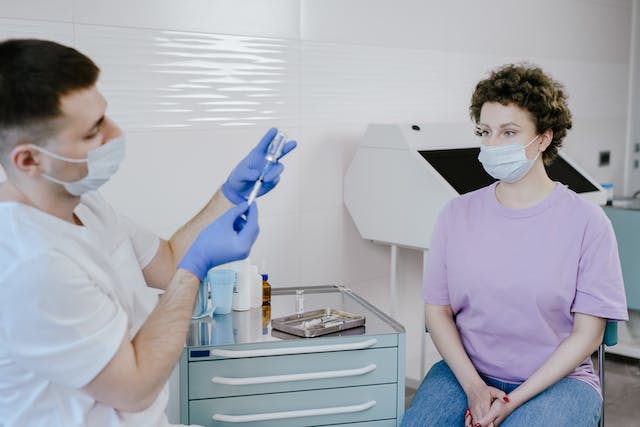A cutting-edge laser soldering technique, developed by experts from the research institute Empa and ETH Zurich, promises swift and safe wound healing. Unlike traditional methods like cauterization, which pose risks of infection and nerve damage, this innovative approach, dubbed iSolder, offers a safer alternative for closing wounds.
So, how does iSolder work? Unlike conventional soldering techniques that use metal alloys, iSolder employs a unique combination of a laser and a protein-gelatin paste. Doctors apply the paste to the wound and then use a laser to irradiate it. The paste contains titanium nitride nanoparticles, which convert the light into heat, effectively sealing the wound. What’s fascinating is the inclusion of bismuth vanadate particles, acting as nano thermometers, changing colours to indicate temperature shifts. This real-time feedback allows precise control over the laser’s heat, ensuring optimal healing conditions.
Empa researchers highlight iSolder’s suitability for minimally invasive surgeries, thanks to its fine spatial resolution and minimal disturbance during application. Collaborating with surgeons from institutions like Cleveland Clinic, Czech Charles University, and University Hospital Zurich, the technique has shown promising results in bonding wounds across various organs, including the pancreas, liver, and intestine.
Moreover, the versatility of iSolder extends to its compatibility with infrared (IR) light, potentially eliminating the need for additional laser protection measures in conventional operating rooms. Empa researcher Inge Herrmann emphasizes the significance of medically approved IR lamps, which could facilitate the widespread adoption of this innovative soldering technology.
In another breakthrough, Michigan State University Associate Professor Bryan Smith explores the therapeutic potential of nanoparticles in combating heart disease and cancer. Nanotubes, microscopic particles made of carbon, serve as versatile carriers for drugs and imaging agents. Smith’s research focuses on leveraging nanotube-loaded immune cells to target heart disease plaques, offering a targeted and minimally invasive treatment approach.
Furthermore, nanoparticles exhibit a remarkable ability to accumulate in tumour tissues, aiding in both the diagnosis and treatment of cancer. By exploiting the enhanced permeation and retention effect, nanoparticles can selectively deliver drugs to tumour sites, minimizing systemic side effects.
In conclusion, these advancements in medical technology showcase the power of innovation in improving healthcare outcomes. From laser-based wound sealing to nanoparticle-mediated therapies, researchers continue to push the boundaries of medical science, offering hope for safer and more effective treatments.



